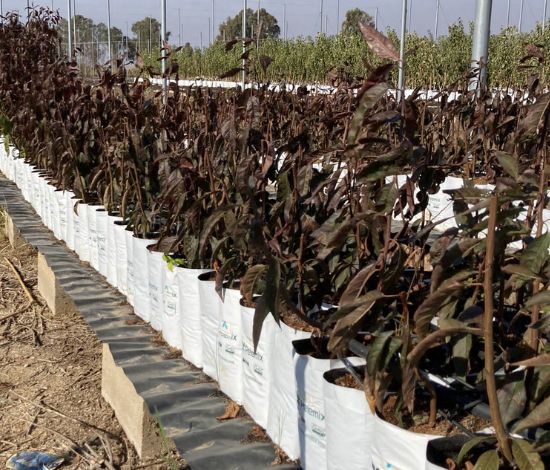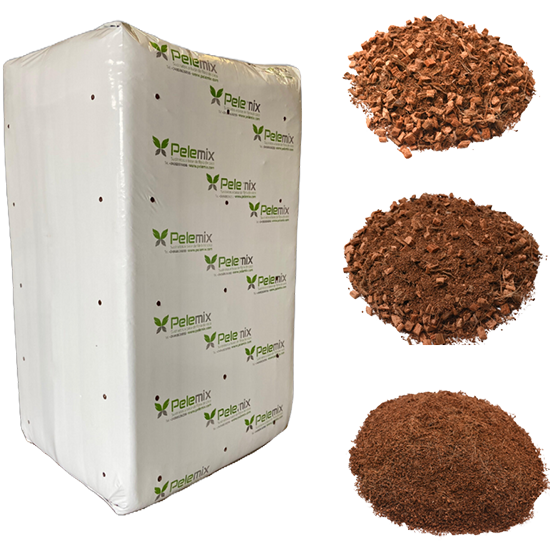Home » Nurseries
In the nursery industry, every phase of plant growth requires a tailored substrate solution. Pelemix offers versatile coco-based substrates that provide the ideal conditions for healthy root development, optimal air-water balance, and consistent growth from seedling to full maturity

From seed germination to the final potting stage, Pelemix substrates ensure optimal air porosity, water retention, and a disease-free environment, allowing nurseries to focus on producing healthy and strong plants

At Pelemix, we offer customized substrate solutions for every stage of your nursery’s growing process. Contact us to optimize plant growth with our sustainable coco-based products